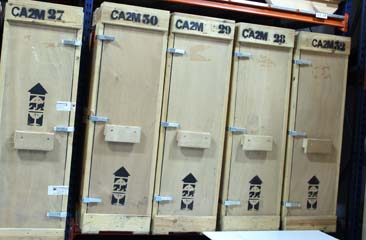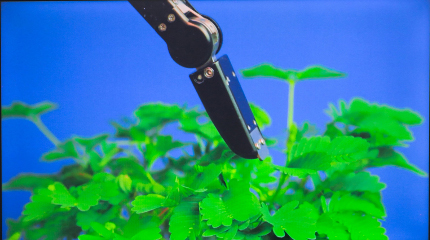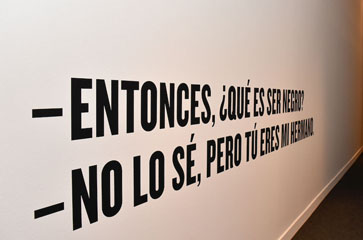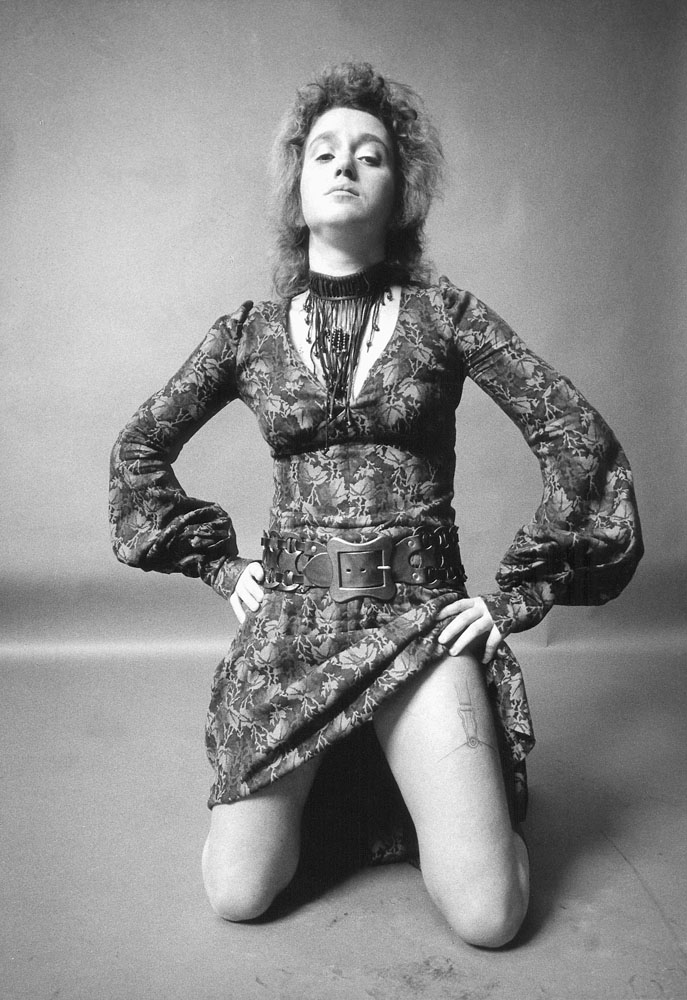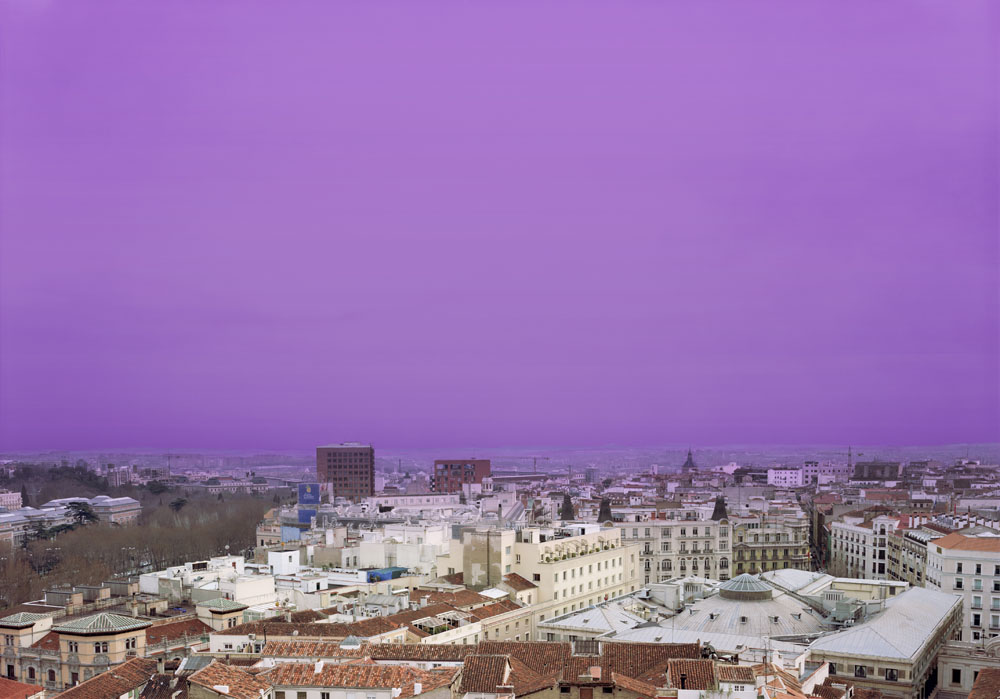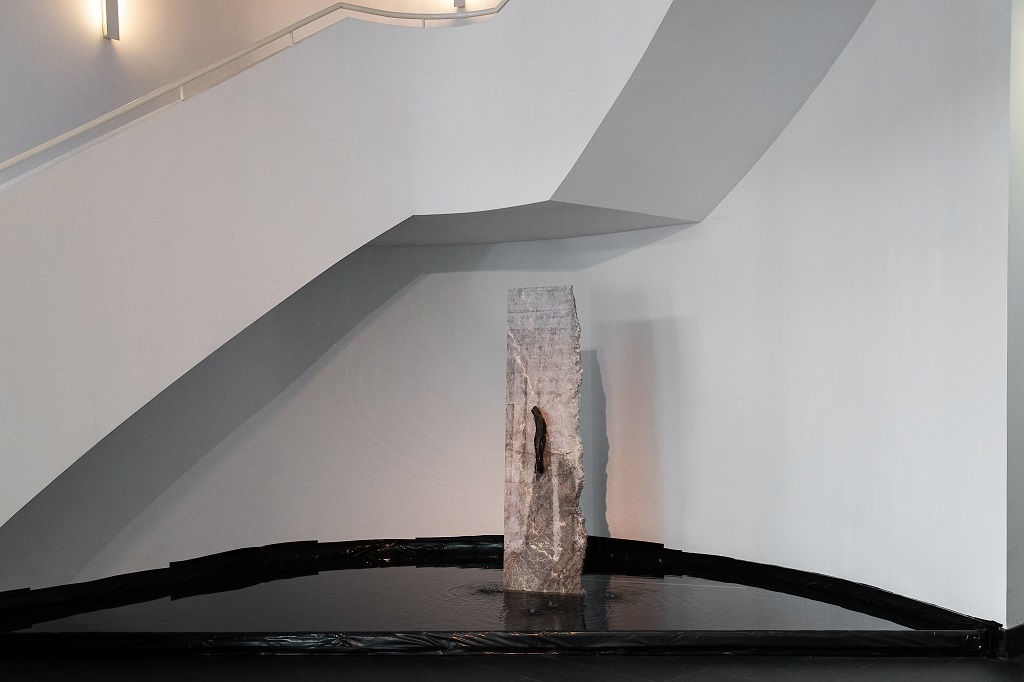On the occasion of International Museum Day, the CA2M opens on Monday 18th of May, and invites you to get to know the storage areas of the Center with the Museum's Conservation team. The CA2M Collection consists of over 1600 works of art from all artistic disciplines, which are joined by over 300 works by 224 artists from the ARCO Foundation Collection, in deposit at the CA2M since last year. The sum total of both collections constitutes a key set of works in order to understand contemporary creation, since they collect the main trends in art from the second half of the 20th Century until today.
On the occasion of International Museum Day, the CA2M opens on Monday 18th of May, and invites you to get to know the storage areas of the Center with the Museum's Conservation team.
